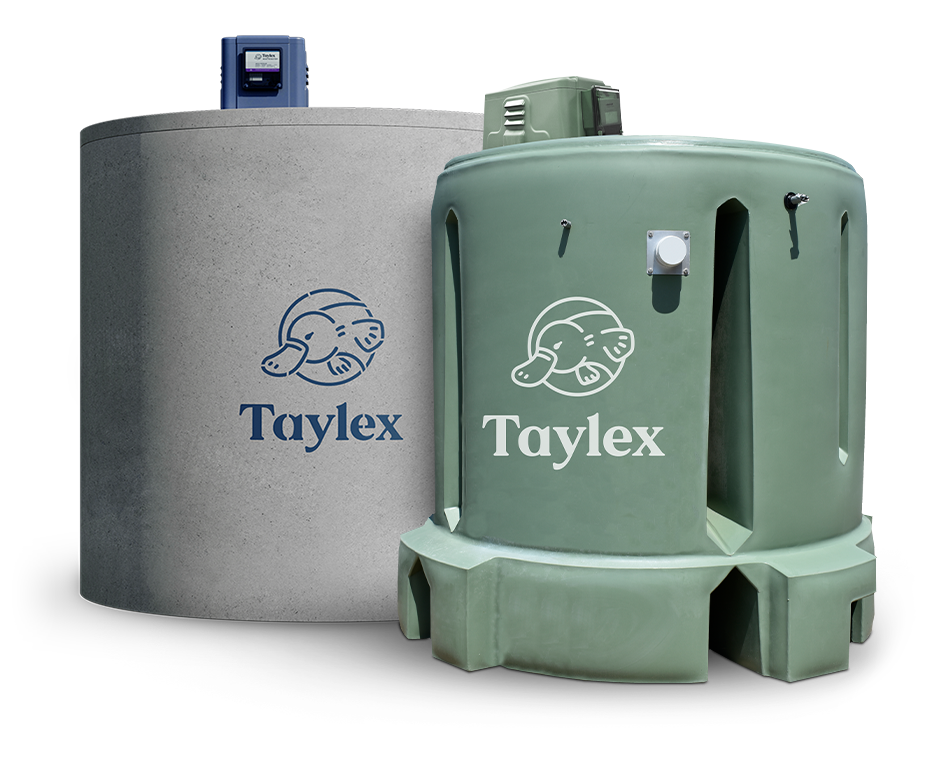FAQs About Septic Systems
Yes! Regular septic tank cleaning removes collected solids and prevents backups and system failure. Regular cleaning ensures efficient operation and extends the system’s lifespan.
Spring and early autumn are the ideal times for septic tank pumping. Spring allows easier access to thawed ground and helps manage water levels after winter. Early fall is also a good choice, especially before increased holiday usage.
Septic repair costs vary widely. Minor issues might cost a few hundred dollars, while major repairs can reach several thousand. The specific problem and the extent of damage are key factors.
Concrete septic tanks are often considered better than plastic ones due to their unique features. Homeowners usually prefer concrete septic tanks due to the following features:
- Higher durability
- Rust resistance
- Installation stability
- Prevention of “floating” to the ground’s surface
- Minimal impact on groundwater quality
Yes! Shower water and all other household wastewater typically flow into your septic tank.
Never put cooking grease, oil, fats, or non-flushable wipes (like baby wipes or wet wipes) in a septic tank. These substances can cause clogs and disrupt the system’s natural breakdown process. Only flush human waste and toilet paper.
Septic systems treat household wastewater in a simple yet effective way:
- Wastewater Enters: All wastewater from your home flows into the septic tank.
- Solids Settle: Solids settle at the bottom, while oils and grease float to the top.
- Bacteria Break Down Solids: The bacteria in the tank break down the solid waste.
- Liquid Effluent Flows to Drainfield: The clarified liquid (effluent) flows to a drain field, where it is further treated by soil.
- Water Re-enters Groundwater: The treated water eventually re-enters the groundwater.
- Solids Removed Periodically: You must pump out the remaining solids in the tank regularly.
The leach field (the drain field) is the most expensive part of a septic system to repair or replace. Depending on the size and complexity of the system, a full replacement cost may vary.


